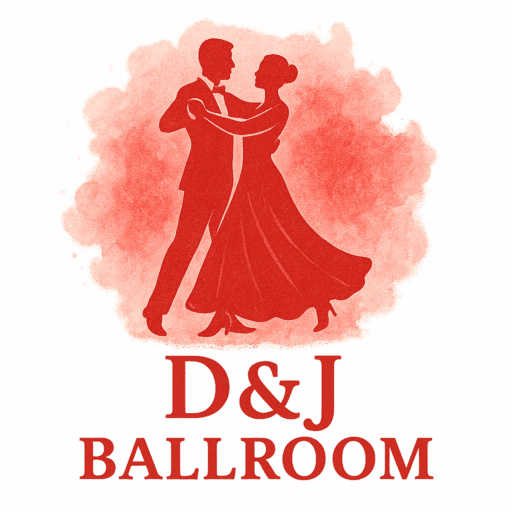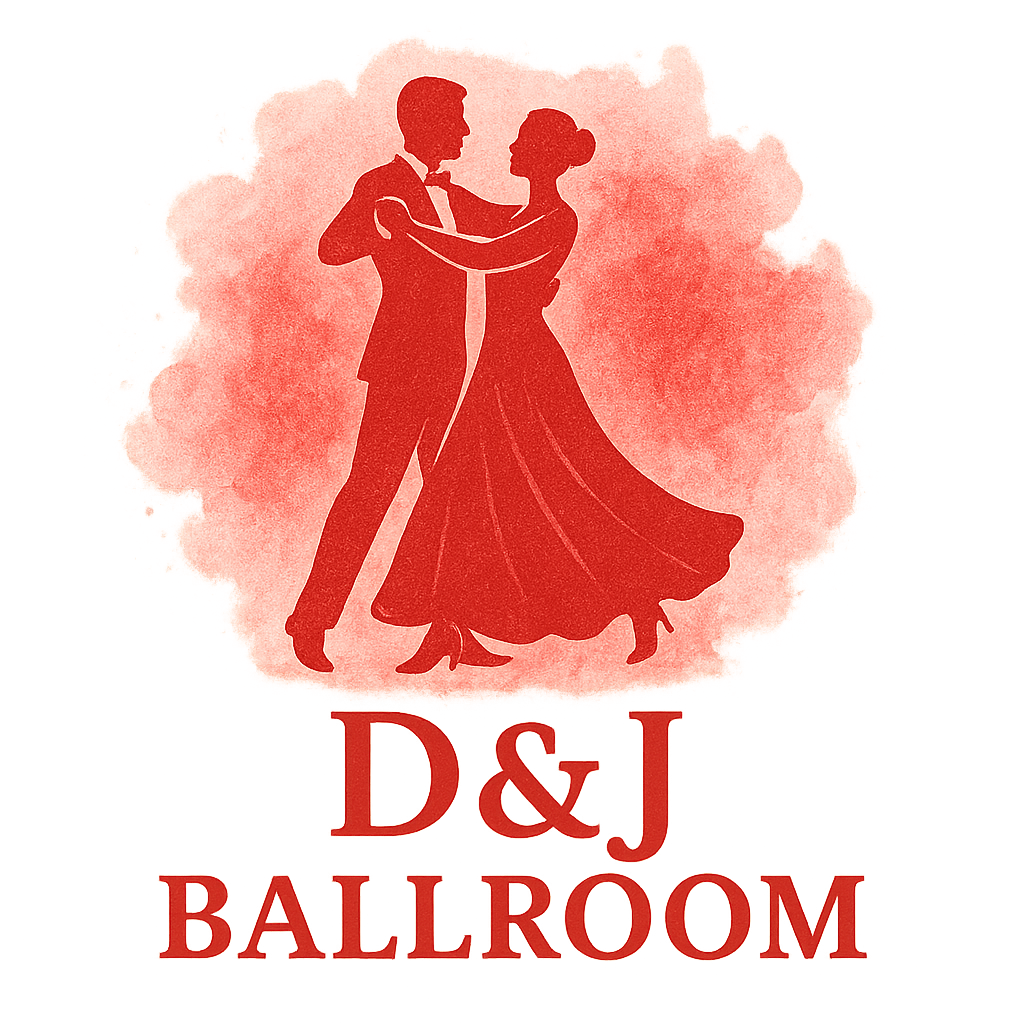Why Morning Ballroom Technique Drills Matter
If you’ve ever rolled out of bed feeling stiff, you know how it can slow you down for the rest of the day. For ballroom dancers, starting the morning right is even more crucial. Morning ballroom technique drills do more than loosen your muscles—they prepare your body for elegance, rhythm, and precision on the dance floor.
These drills bridge the gap between casual practice and polished performance. Whether you’re preparing for ballroom competitions or just want to move gracefully in social settings, a few intentional minutes every morning can change everything.
The Science Behind Morning Movement
After sleep, our muscles and joints are stiff, circulation is sluggish, and coordination is slower. Morning movement activates blood flow, wakes up the nervous system, and improves mobility. Think of it as warming up your instrument before a concert—without tuning, the music falls flat.
How Drills Improve Ballroom Performance
Ballroom isn’t just memorizing steps—it’s posture, control, timing, and connection. By adding daily drills, you condition your body for ballroom techniques and training, making your movements look effortless while maintaining control.

Preparing for Morning Ballroom Technique Drills
Even the best drills fall short without preparation. Here’s how to get ready.
Choosing the Right Space
You don’t need a studio—just clear a small area. Move rugs, chairs, or anything that could trip you up. If you have mirrors, even better; they help you check alignment.
Selecting Proper Attire
Start with something comfortable yet functional. If you have ballroom practice shoes, wear them—they’ll help your balance and floor feel. Otherwise, socks with grip or barefoot works fine.
Warming Up Safely
Don’t skip a warm-up. Even two minutes of gentle stretching or walking in place primes your muscles and joints. Injuries happen when we push cold muscles too quickly.
10 Morning Ballroom Technique Drills
1. Posture Reset Drill
How to Practice It
- Stand tall with feet hip-width apart.
- Roll shoulders back, lengthen your spine upward.
- Engage core muscles and hold 30 seconds.
- Repeat three times.
Benefits for Ballroom Dancers
Strong posture is non-negotiable in ballroom history and culture. It makes your frame elegant, keeps you aligned, and prevents fatigue later.
2. Frame Stability Exercise
How to Practice It
- Extend arms in ballroom hold.
- Keep elbows lifted and wrists steady.
- Take small forward and backward steps.
Benefits for Ballroom Dancers
Frame defines how you look and connect with a partner. A stable frame builds confidence for waltz, tango, and beyond.
3. Weight Transfer Drill
How to Practice It
- Stand tall, shift weight from left foot to right slowly.
- Focus on grounding through heel and ball of the foot.
- Add side steps for variety.
Benefits for Ballroom Dancers
Smooth transitions are essential for ballroom dance styles. This drill sharpens your balance and prevents clunky steps.
4. Rise and Fall Drill
How to Practice It
- Bend knees slightly.
- Rise onto toes slowly, then lower with control.
- Repeat in rhythm, like a soft wave.
Benefits for Ballroom Dancers
The rise and fall captures the elegance of the waltz and foxtrot. This builds ankle strength and enhances fluid motion.
5. Cuban Motion Warm-Up
How to Practice It
- Stand with knees slightly bent.
- Step forward and back, letting hips naturally rotate.
- Focus on hip release with each weight shift.
Benefits for Ballroom Dancers
Cuban motion is the heart of Latin ballroom styles. Practicing it daily keeps your rumba and cha-cha authentic and smooth.
6. Balance and Core Alignment Drill
How to Practice It
- Stand on one leg for 10 seconds.
- Switch legs, keeping spine aligned.
- Add arm extensions to mimic dance frame.
Benefits for Ballroom Dancers
Balance underpins spins and turns. This drill improves stability, a must-have in competitive ballroom events.
7. Footwork Precision Drill
How to Practice It
- Place coins or tape markers on the floor.
- Step precisely onto each marker.
- Focus on correct heel-ball-toe action.
Benefits for Ballroom Dancers
Clean footwork makes or breaks ballroom drills. Precision prevents sloppy movement and elevates your overall presentation.
8. Rhythm Timing Drill
How to Practice It
- Use a metronome or music track.
- Step in sync with the beat.
- Add syncopated rhythms for challenge.
Benefits for Ballroom Dancers
Timing is the bridge between music and movement. Daily rhythm drills keep you on time for ballroom performances and events.
9. Partner Connection Simulation
How to Practice It
- Hold your arms as if with a partner.
- Apply slight, steady pressure.
- Step forward and back without losing connection.
Benefits for Ballroom Dancers
Connection defines how partners communicate. Even solo, this drill strengthens your ability to sense weight, balance, and intention.
10. Freestyle Movement Flow
How to Practice It
- Play your favorite ballroom music.
- Dance freely, focusing on posture and technique.
- Mix in drills for a creative warm-up.
Benefits for Ballroom Dancers
Freestyle encourages creativity while reinforcing structure. It’s the dance equivalent of free writing—structured practice meets pure expression.
Tips for Making Morning Ballroom Technique Drills a Habit
Start Small and Stay Consistent
Start with two or three drills. As it becomes a routine, add more.
Track Your Progress
Film yourself once a week. Noticing small improvements keeps motivation alive.
Pair Drills with Music
Music sets rhythm and makes practice feel less like a chore.
Common Mistakes to Avoid in Morning Ballroom Technique Drills
Rushing the Movements
Speed comes later. Start slow and controlled.
Skipping Warm-Ups
Cold muscles don’t perform well. Always warm up.
Ignoring Posture and Core Engagement
Without core engagement, drills become empty movements.
Long-Term Benefits of Daily Morning Ballroom Technique Drills
Better Performance in Competitions
Daily consistency means smoother competition performances.
Enhanced Confidence on the Dance Floor
Confidence isn’t about ego—it’s about preparation. Knowing your body is ready makes you fearless.
Physical and Mental Wellness
Regular movement improves posture, reduces stress, and sharpens focus.
Conclusion
Morning ballroom technique drills are more than exercise—they’re preparation for artistry. By investing 15–20 minutes each morning, you’ll strengthen your posture, refine footwork, and move with elegance. Whether you’re chasing competitive ballroom success or simply want to shine socially, these drills are the foundation of your dance day.
Think of them as your first cup of coffee—energizing, grounding, and absolutely essential.
FAQs
1. How long should morning ballroom technique drills take?
Just 15–20 minutes is enough for noticeable progress.
2. Do I need a partner to practice these drills?
Not at all—most are designed for solo practice.
3. Can beginners try these drills?
Yes, they’re beginner-friendly and scale with experience.
4. Should I use music during drills?
Yes! Music enhances rhythm and enjoyment.
5. Can drills replace formal ballroom training?
No—they complement structured training.
6. What if I don’t have dance shoes?
Socks with grip or barefoot works fine.
7. When will I see results?
With consistency, most dancers feel improvements within 3–4 weeks.


